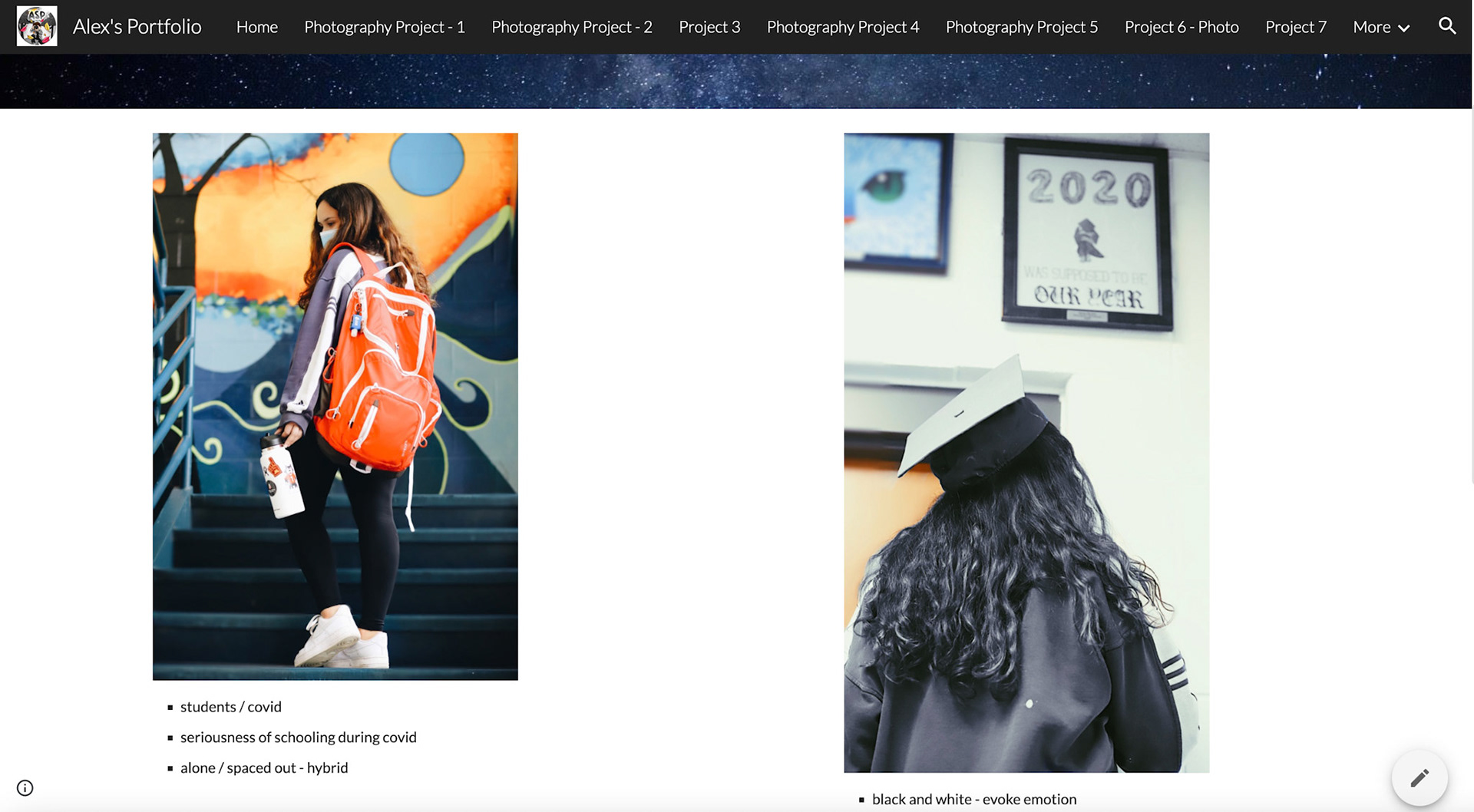Designing lesson plans is one of the ways in which I bring my own personality into the classroom. I am able to add a little more character to my lessons each time I reteach them. It is important to me as I design these lessons to think about the students that will be learning from them. The lessons are flexible enough that they can be modified to reach a variety of ages, abilities, and learning styles. Click the buttons below to view my lessons!
Printmaking
During this lesson, FabLab students learned a brief history of the printmaking process. Students then used current technology to design and create their own woodcut to ink and put through the printing press to create a series of three prints. Students had to think about positive and negative space, mirrored lettering, and inverse colors while designing since their inked print would look opposite of what appeared on their screen.
(Student names have been removed from the prints to protect their privacy.)
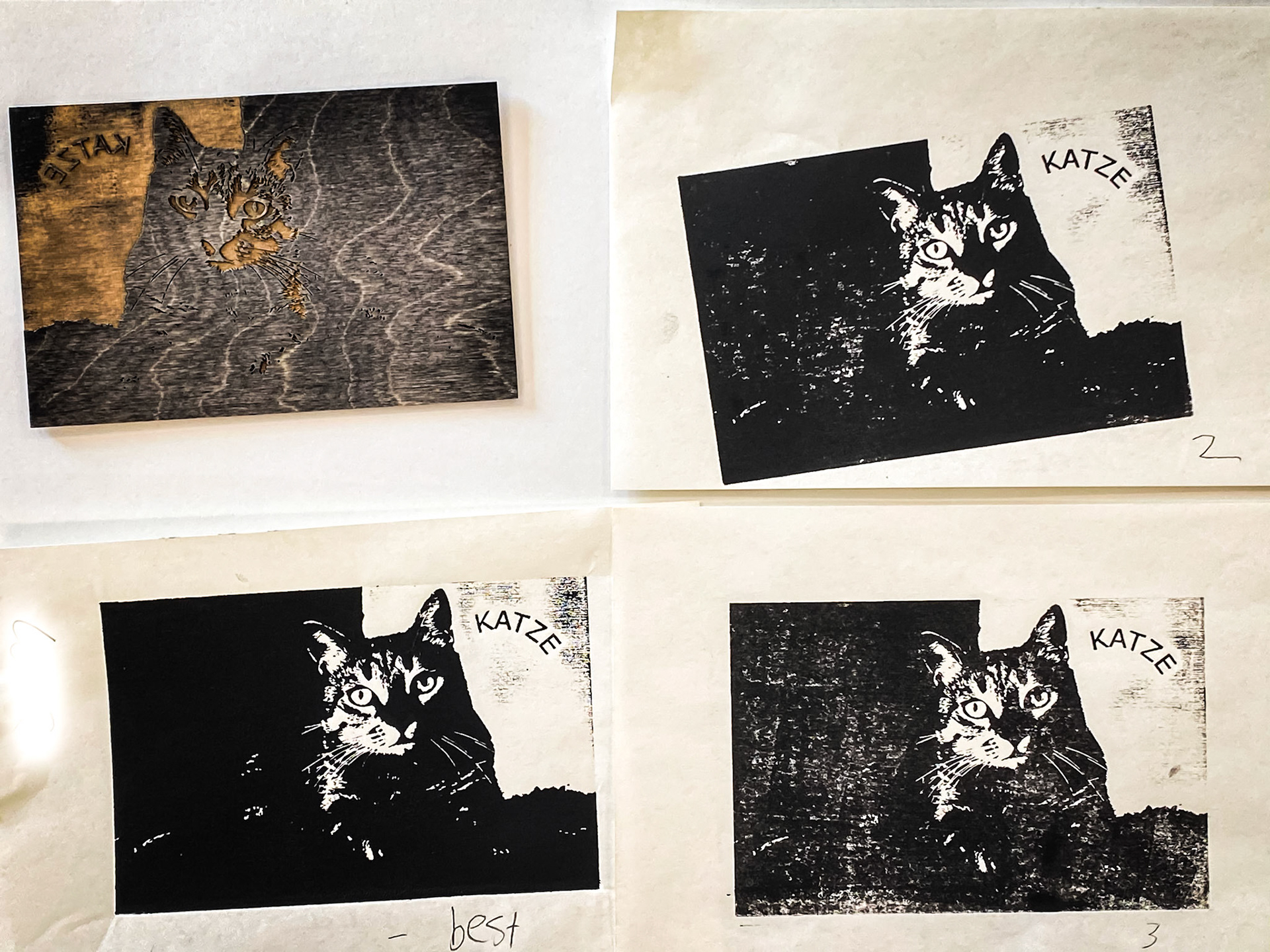
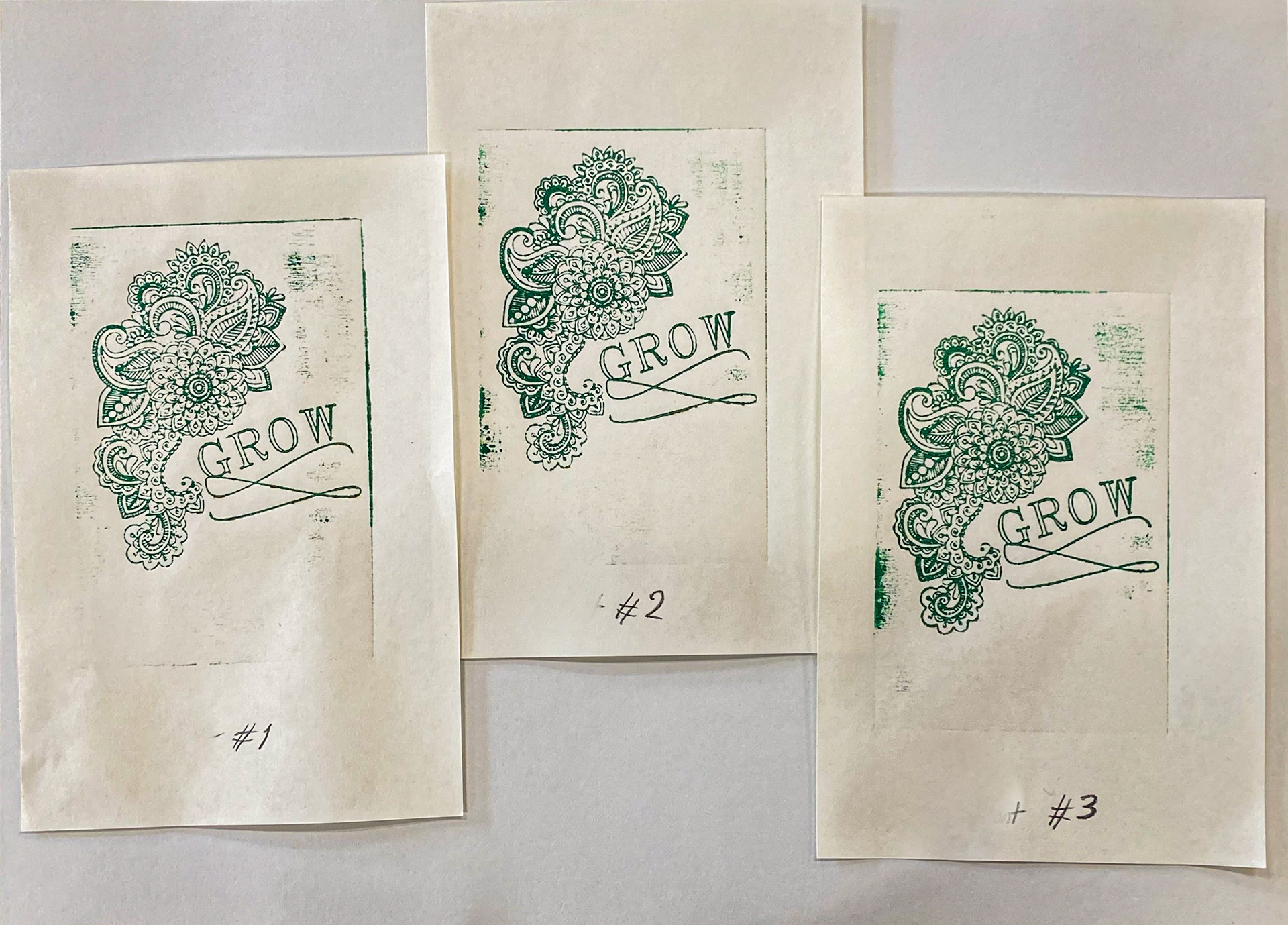
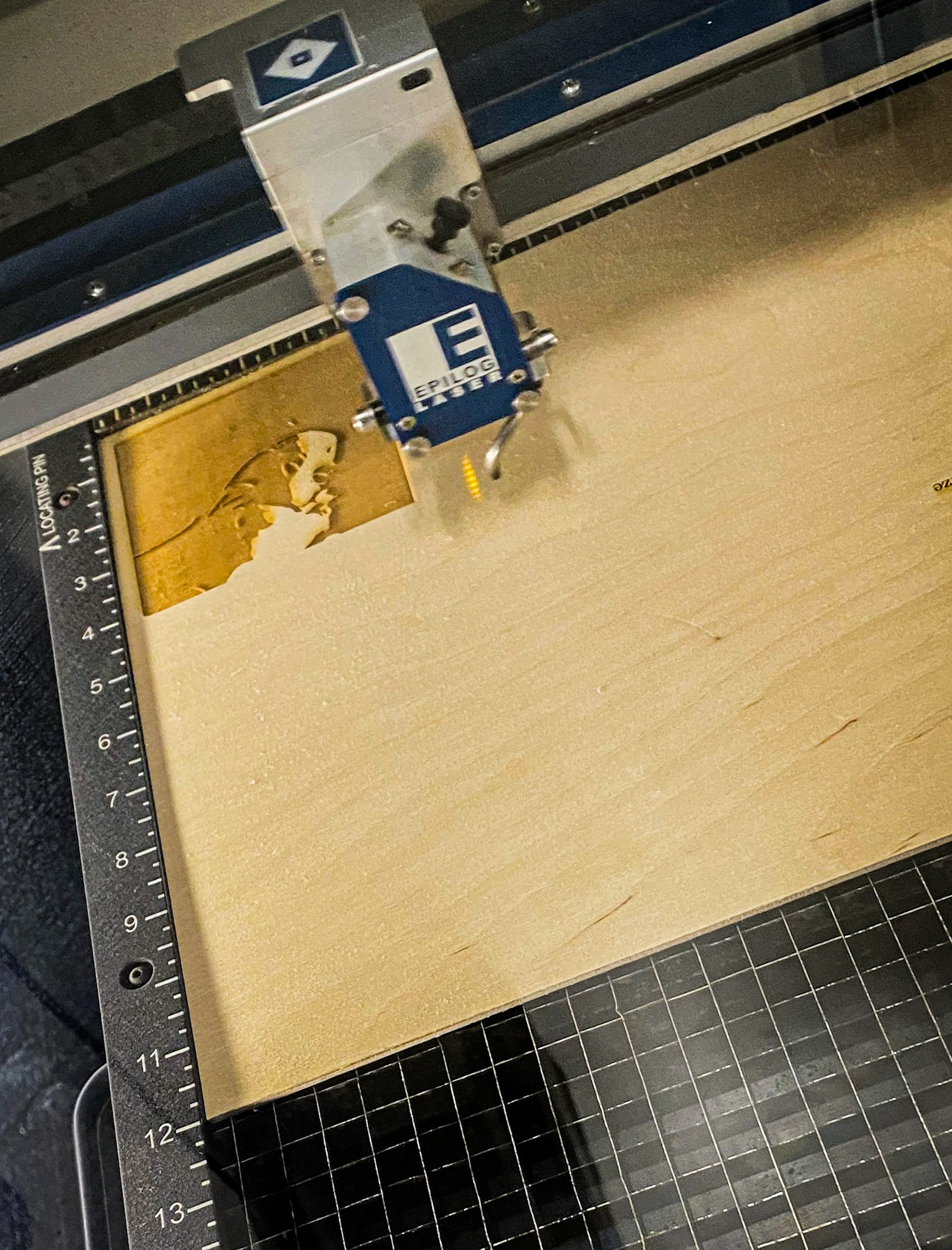

Storefront in Perspective
Students in Basic 2-D learned about one- and two-point perspective through a series of formative work. They also learned about contemporary artist, Mateusz Urbanowicz, who combines real storefronts into imaginary scenes. For their summative assignment, students designed their own storefront based on imaginary or real-life stores using one- or two-point perspective.

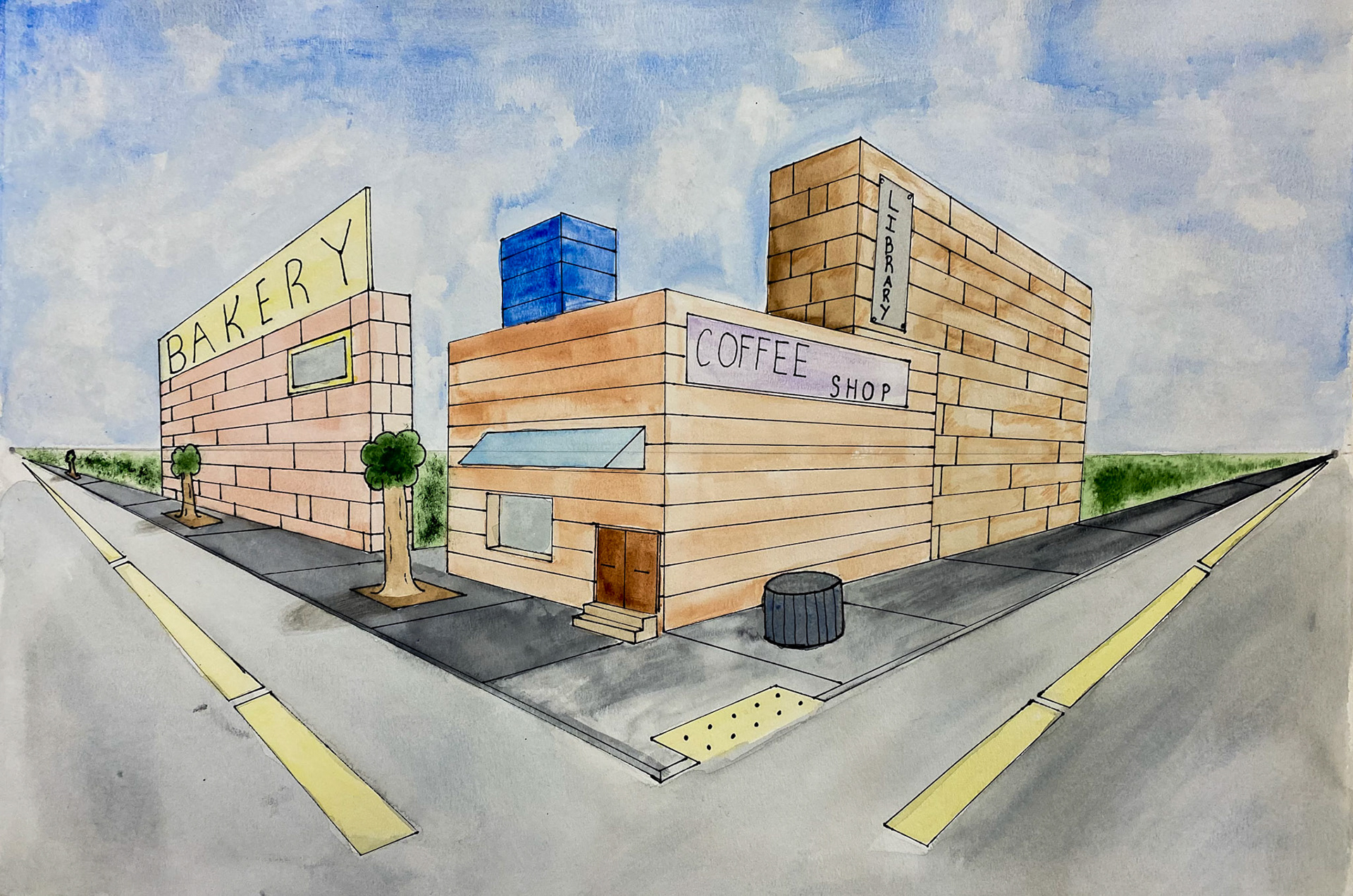


Surrealism
This lesson has been my favorite to teach so far. Students learned veristic surrealism and automatism in surrealism. After learning about the different types, we had a guessing game. Students were then introduced to automatic thinking exercises that surrealists would use: continuous line, writing about an uncanny dream, and Exquisite Corpse (pictured). For the Exquisite Corpse exercise, each student received a piece of blank paper, folded in to quarters. They went through four rounds, each round being assigned a different body part to draw (starting with the head). After drawing the body part during the two-minute time period, students were instructed to pass their paper to the right, and draw the next body part.
After the exercise was complete, students walked laid their character on the table, and walked around the room to view the other characters. It was amazing to see the smiles as they walked around the room to view each character. This exercise brought about a light-hearted feeling during a year full of changes.
I will post more work as students finish their surrealist scenes, so stay tuned!

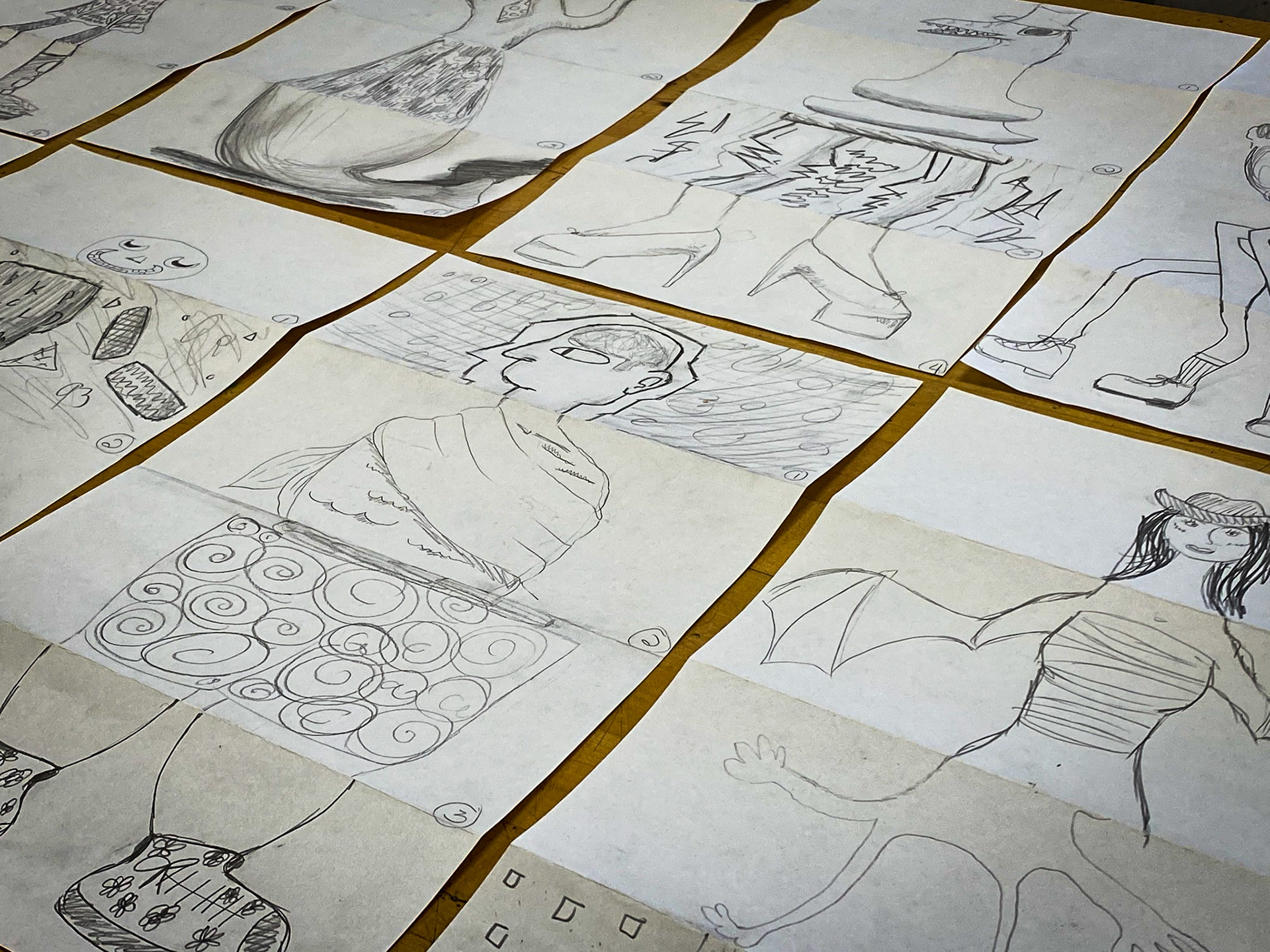
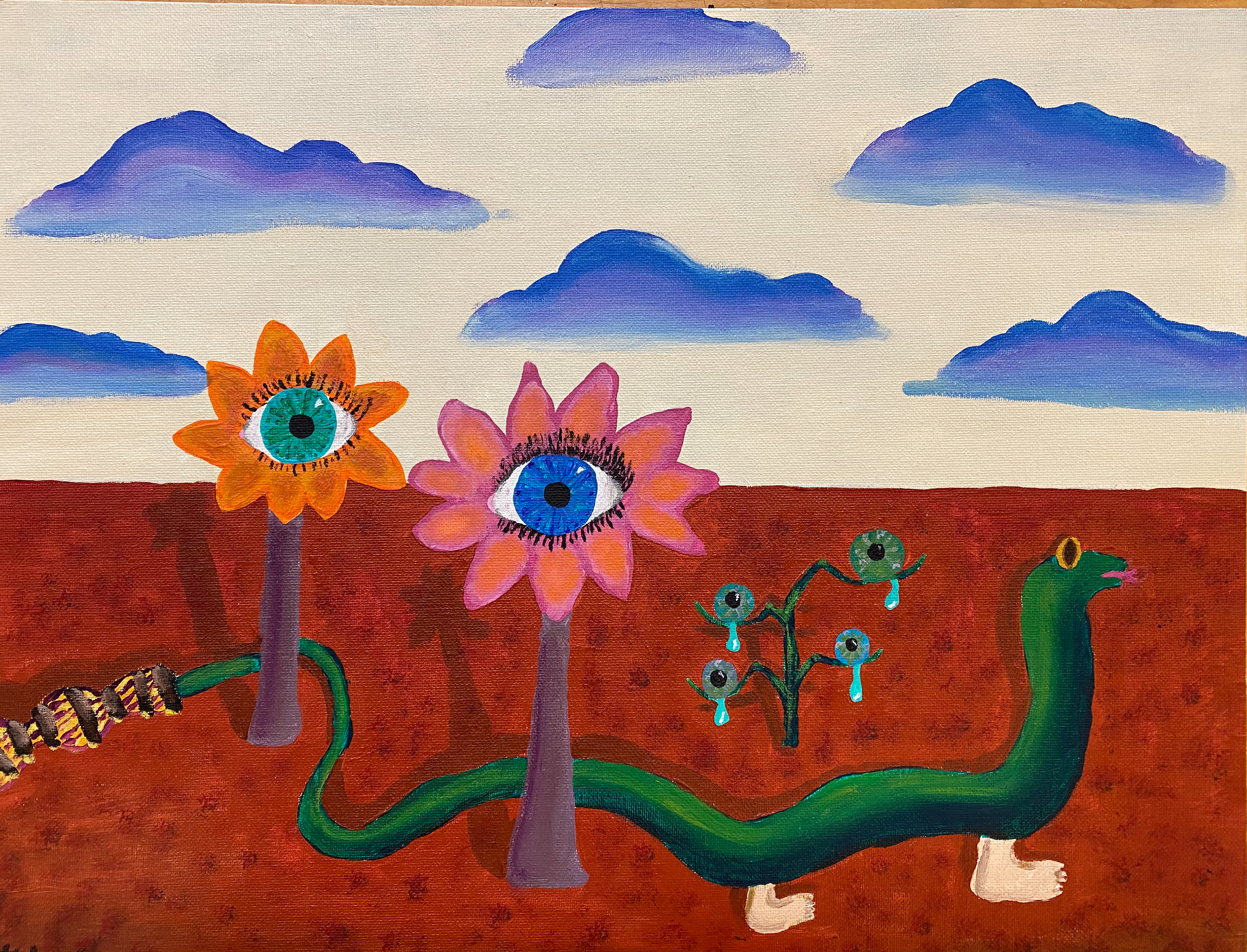



Students learned about relief sculpture and sculpture in the round. Students practiced cutting skills, first on paper, then on cardboard; as well as a few cardboard sculpture techniques, such as scoring, creating tabs, and how to create inserts. After practicing on cardboard, students chose a subject matter of choice to represent three-dimensionally (grades 9-12)





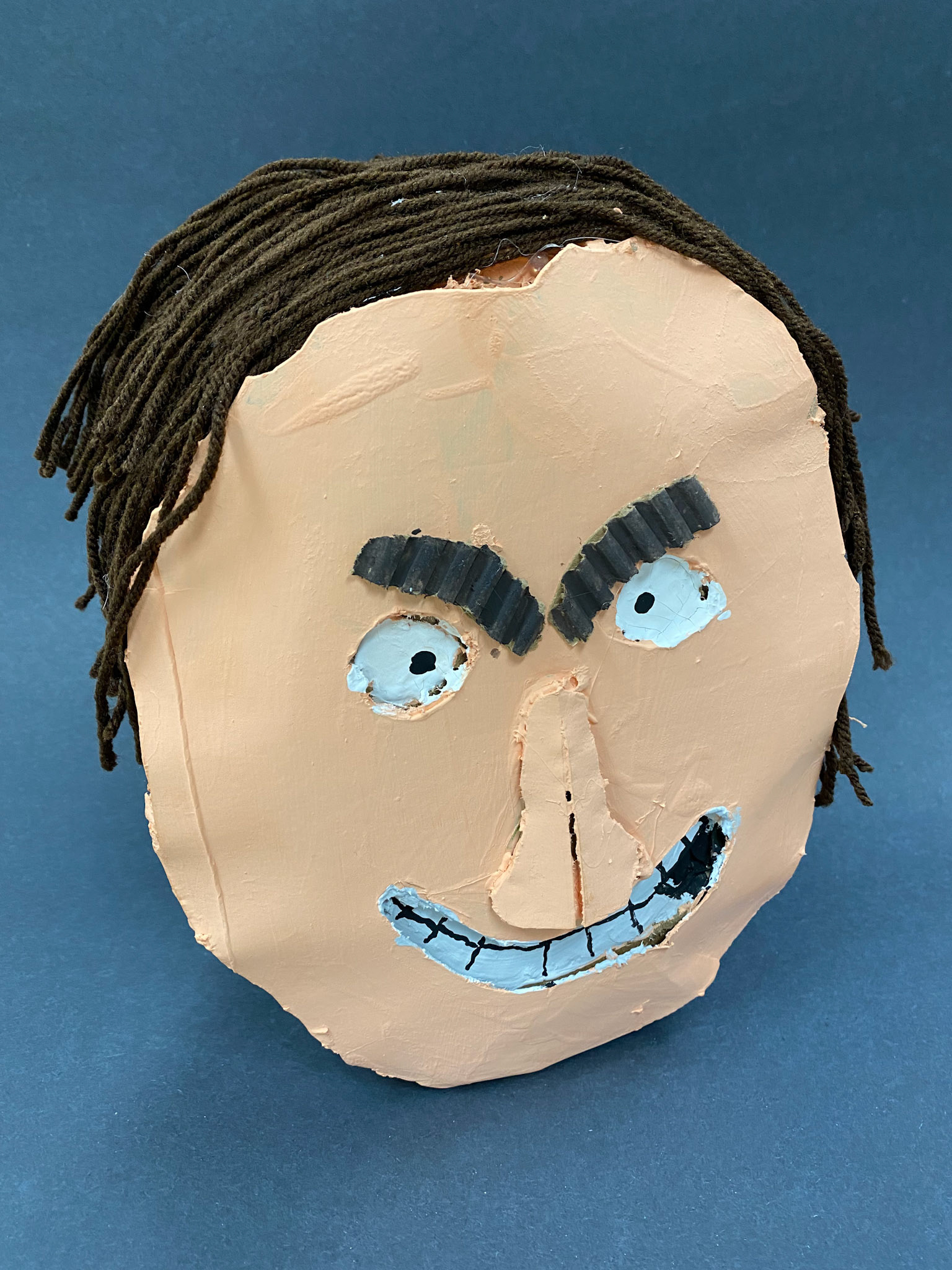
Photography
Student work from Photography, spring semester:
Alex Schliem
Alex is a senior who has an eye for detail, which can be seen in some of the photographs from his portfolio, below.

